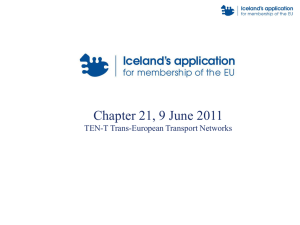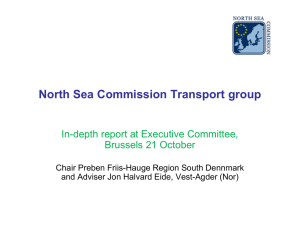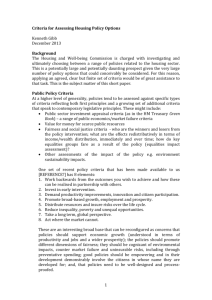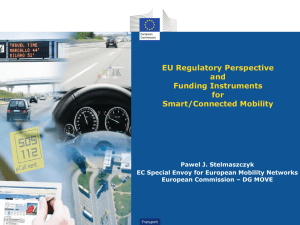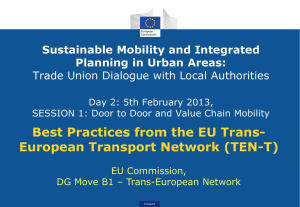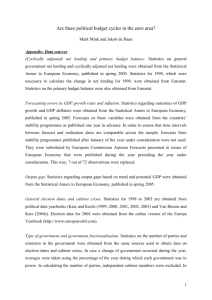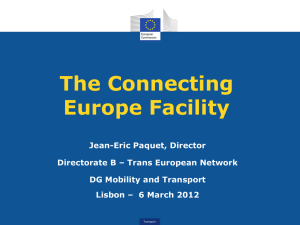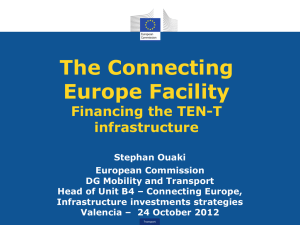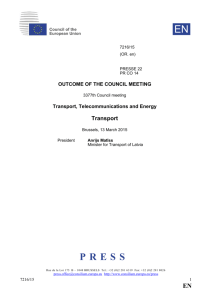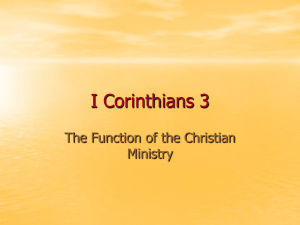INFORMAL MEETING OF UE TRANSPORT MINISTERS Milan 16-17
advertisement
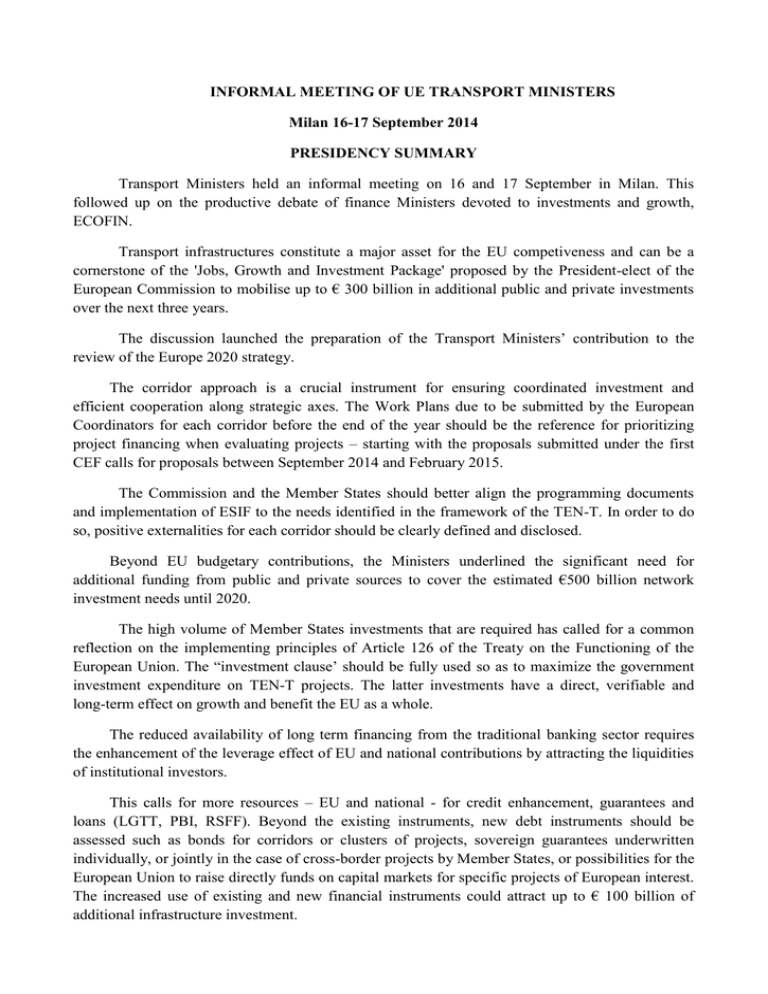
INFORMAL MEETING OF UE TRANSPORT MINISTERS Milan 16-17 September 2014 PRESIDENCY SUMMARY Transport Ministers held an informal meeting on 16 and 17 September in Milan. This followed up on the productive debate of finance Ministers devoted to investments and growth, ECOFIN. Transport infrastructures constitute a major asset for the EU competiveness and can be a cornerstone of the 'Jobs, Growth and Investment Package' proposed by the President-elect of the European Commission to mobilise up to € 300 billion in additional public and private investments over the next three years. The discussion launched the preparation of the Transport Ministers’ contribution to the review of the Europe 2020 strategy. The corridor approach is a crucial instrument for ensuring coordinated investment and efficient cooperation along strategic axes. The Work Plans due to be submitted by the European Coordinators for each corridor before the end of the year should be the reference for prioritizing project financing when evaluating projects – starting with the proposals submitted under the first CEF calls for proposals between September 2014 and February 2015. The Commission and the Member States should better align the programming documents and implementation of ESIF to the needs identified in the framework of the TEN-T. In order to do so, positive externalities for each corridor should be clearly defined and disclosed. Beyond EU budgetary contributions, the Ministers underlined the significant need for additional funding from public and private sources to cover the estimated €500 billion network investment needs until 2020. The high volume of Member States investments that are required has called for a common reflection on the implementing principles of Article 126 of the Treaty on the Functioning of the European Union. The “investment clause’ should be fully used so as to maximize the government investment expenditure on TEN-T projects. The latter investments have a direct, verifiable and long-term effect on growth and benefit the EU as a whole. The reduced availability of long term financing from the traditional banking sector requires the enhancement of the leverage effect of EU and national contributions by attracting the liquidities of institutional investors. This calls for more resources – EU and national - for credit enhancement, guarantees and loans (LGTT, PBI, RSFF). Beyond the existing instruments, new debt instruments should be assessed such as bonds for corridors or clusters of projects, sovereign guarantees underwritten individually, or jointly in the case of cross-border projects by Member States, or possibilities for the European Union to raise directly funds on capital markets for specific projects of European interest. The increased use of existing and new financial instruments could attract up to € 100 billion of additional infrastructure investment. Reviewing the pricing policy of infrastructure by charging users for their external costs may favor a less congested transport system, bring efficiency to the logistics chain and provide additional funding for the TEN-T network. A more developed European framework that could overcome the current drawbacks is needed. Former Vice President Christophersen and Coordinators Bodewig and Secchi have been asked to prepare a Report, in consultation with the EIB, identifying projects along corridors particularly suited for such new financial schemes in the context of the 'Jobs, Growth and Investment Package' proposed by President-elect Juncker. Ministers will review this Report at their meeting on the third of December. As regards the implementation of projects, governance at European, national and local level should be reinforced to help TEN-T projects reach as soon as possible the necessary maturity and the smoothest implementation. The new corridor instruments should be used to the fullest extent with a closer cooperation among Member States authorities, Coordinators and the Commission. Given the need to accelerate projects, permitting and procurement procedures and other authorizations, including on State Aids, should be made simpler, faster, better coordinated and more predictable. Since the majority of TEN-T journeys start and end in Europe's cities, an effective TEN-T policy cannot do without the smooth integration of the urban dimension. A better use of infrastructure and safety calls for more intelligence to be put in the network. To spur innovative content there is an increasing need to build stronger synergies between the sectors of transport, energy, and telecommunications. Transport Ministers will assess these issues at UE Transport Council on 8 October and 3 December 2014.
